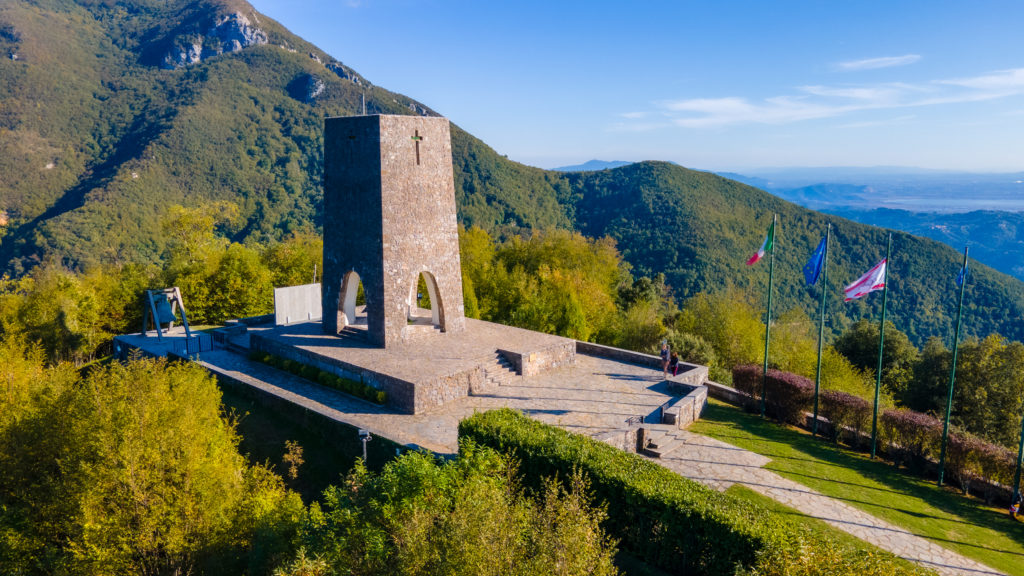
Learn about
Sant’Anna
di Stazzema
#Italy
During the Second World War, between the spring and summer of 1944, Versilia (Tuscany) became a theatre of fighting between the Nazi army, the militant fascists in the newly created Repubblica di Salò and Italian partisan forces, guided by the Comitato di Liberazione Nazionale (CLN, National Liberation Committee) and linked to the Allied armies.
On 12 August 1944, the little village of Sant’Anna di Stazzema, was surrounded by 2nd Battalion of the 16th SS Panzergrenadier Division, including Italian ammunition carriers, who then began a ‘cleansing operation’. Their military objective was the elimination of civilians that the Nazi troops considered guilty of being traitors and potential allies of the partisans after the announcement of the Italian armistice (8 september 1943). The Nazi soldiers rounded up civilians in stables, houses, fields and the church square. They exterminated about 400 people, although the exact number victims is still uncertain. Most were women, children and elderly people, as most of the men in the village had left as soon as they received news of the Nazis’ arrival in the area. Many victims came from other Tuscan villages or towns. They included those who had reached Sant’Anna after the Nazi occupation of Italy following the dismissal of Benito Mussolini as head of government on 25 July 1943 and the signing of the Italian armistice. The civilians had taken refuge in Sant’Anna while awaiting the end of the war.
After the war and the transition to Italian Republic, no one was tried for what had taken place, despite the investigations carried out by the Anglo-American and Italian authorities between 1944 and 1946. During the trials of Nazi commanding officers Albert Kesselring (1947), Max Simon (1948) and Walter Reder (1951), the massacre of Sant’Anna di Stazzema was mentioned among the charges, but no clarification about who the perpetrators were was offered. After fifty years, magistrate Antonio Intelisano found 700 forgotten files on the investigations of war crimes in the Roman headquarters of the military magistrature. In 1996, the investigations into the massacre were finally reopened, and between 2004 and 2005 ten former German officers were prosecuted before the military court in La Spezia. All were convicted. The life stories of all the victims are interconnected as the Nazis’ violence affected the entire small community. Every single one serves as a reminder of all the lives affected by the cruelties of the war.
Visit information
Sant'Anna di Stazzema
Museo e Parco Nazionale della Pace
Via Coletti, 22
55040 Sant’Anna LU
Italia